Table of Contents
Structure and Functions of Phloem:
Phloem or bast is a complex, permanent tissue of vascular plants which conducts organic food.
Its elements were discovered by Hartig (1837).
The term was coined by Nageli (1858).
Phloem consists of four types of elements- sieve cells or sieve tube elements, companion or albuminous cells, phloem parenchyma and phloem fibres.
Sieve cells or sieve tube elements constitute the conducting elements of the phloem.
Haberlandt (1914) has used the term leptome for phloem.
Sieve Elements:
- These occur as a single cell (sieve cells) in pteridophytes and gymnosperms and longitudinal file of cells (sieve tubes) in angiosperms.
- The morphological specialization of the sieve tube is the development of the sieve area on their walls bearing sieve plates.
- The sieve plate bears a large number of perforations.
- The protoplasm strands maintain continuity through these perforations within the adjoining sieve tubes.
- In a mature sieve element, there occurs a thin layer of peripheral cytoplasm and a large central vacuole and becomes impregnated with callose.
- The most important features of sieve elements are that they lack a nucleus at maturity.
Companion Cells:
- These are thin-walled, living parenchyma narrow cells, which are closely associated with sieve tube elements.
- The sieve tube elements and companion cells are connected by pit fields present between the longitudinal walls.
- They appear rounded or polygonal with dense granular cytoplasm, a prominent nucleus and numerous small vacuoles.
- The companion cells lack starch.
- The nuclei of the companion cells serve as the nucleus of sieve tubes as they lack them.
- The companion cells mainly occur in angiosperms, accompanying the sieve tube elements.
- The companion cells help in maintaining the pressure gradient in the sieve tubes.
Phloem Parenchyma:
- These are the living parenchyma cells associated with sieve tube cells.
- They are elongated, pointed in shape and have dense cytoplasm and nucleus and store starch, fat and other organic substances.
- The tannins and resins are also found in these cells.
- They are elongated like the sieve elements.
- The cell wall is composed of cellulose and has pits, which connect parenchyma cells and ray cells.
Phloem or Bast Fibres:
- They are sclerenchyma fibres present inside the phloem.
- Phloem fibres are elongated dead and empty cells with pointed end walls.
- The cell wall is thick and lignified.
- Pits are simple or slightly bordered.
- Fibres are generally unbranched but occasional branching is also known.
- They provide mechanical strength and help in the transport of food material.
- Phloem fibres occur in sheets or cylinders.
- They are economically exploited. Example- Corchorus (Jute), Linum (Flax), Cannabis (Hemp).
Differences Between Sieve Tube Elements and Sieve Cells:
The following are the points of differences between Sieve Tube Elements and Sieve Cells.
| Sieve Tube Elements | Sieve Cells |
|---|---|
| They occur in longitudinal files to form sieve tubes. | They are arranged without forming longitudinal cells. |
| The end walls are transverse and broad. | The end walls are pointed and narrow. |
| Sieve tube elements are broad. | Sieve cells are narrow. |
| Sieve areas occur on the end walls only. | Sieve areas occur on the tapering end walls and lateral walls. |
| They occur in angiosperms. | They occur in lower vascular plants like pteridophytes etc. |
| They are associated with companion cells. | Albuminous cells are present in contact with sieve cells. |
| Companion cells develop as sister cells of sieve tube elements. | Albuminous cells develop as non-sister cells of sieve cells. |
| P-protein is mostly present. | P-protein is absent. |
| Refractile bodies are absent. | Refractile bodies are present. |
| They do not contain a nucleus at maturity. | They contain a nucleus at maturity. |
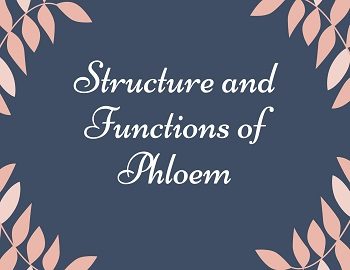
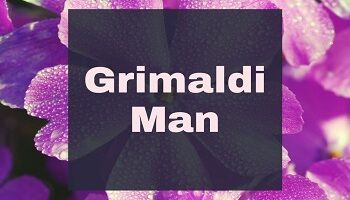
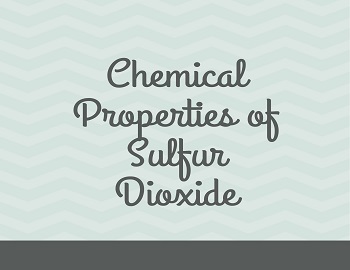
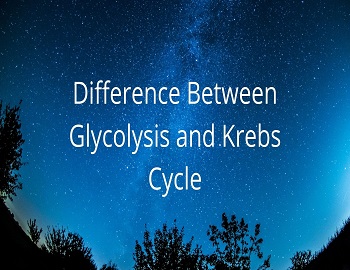



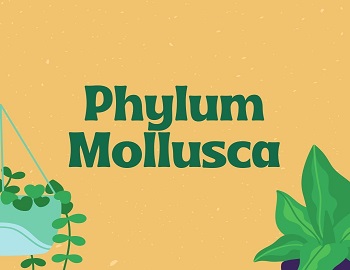

Comments (No)